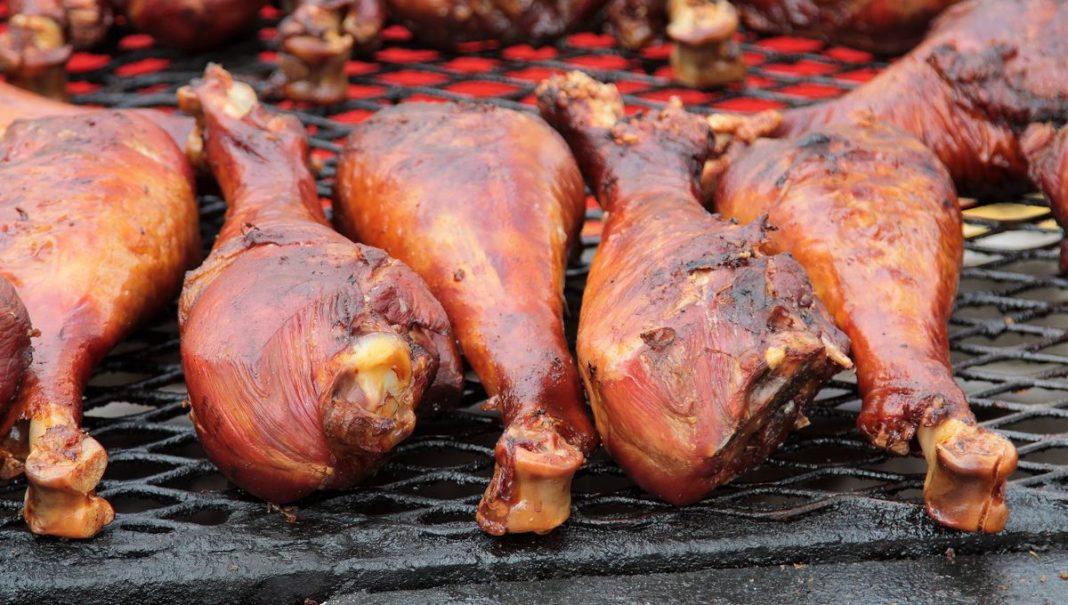The idea of a world where dinosaurs still roam fills us with a mix of awe and terror. But let’s be honest, for many, a different kind of question also bubbles to the surface: what would they taste like? Forget Jurassic Park; imagine Jurassic Kitchen. Could we actually eat dinosaur meat, and if by some miracle we could, would it be a gourmet delight or a culinary nightmare?
Could We Even Get a Bite? The Feasibility Factor
Before we even get to marinating a mammoth-sized steak, let’s address the colossal hurdle: procurement. First off, dinosaurs are extinct. Really, really extinct. We’re talking millions of years beyond the shelf life of even the most hardcore jerky. Fossilization, while incredible for preserving bones and impressions, is terrible for preserving muscle tissue suitable for consumption.
So, let’s play the ultimate hypothetical: time travel. Even if we could zap ourselves back to the Mesozoic Era, hunting a creature like a T-Rex or even a hefty Triceratops presents practical problems far beyond needing a bigger freezer. These were apex predators and massive herbivores, armed with teeth, claws, horns, and incredible strength. Assuming we somehow managed to ethically (or unethically, depending on your stance) procure some prime dinosaur cuts, then what?
Another sci-fi possibility often tossed around is cloning. While finding dinosaur DNA is an ongoing, fascinating quest, the chances of recovering DNA robust enough to clone an entire organism, let alone grow lab-cultured dinosaur meat, are astronomically low. Even if we had viable DNA, the technology to bring it to life or synthesize its meat from scratch is still firmly in the realm of science fiction. For now, our plates remain dinosaur-free.
What’s on the Menu? Speculating on Dinosaur Flavors
Alright, let’s throw caution (and scientific reality) to the wind and assume a T-Rex burger is sizzling on the grill. What would it taste like? To answer this, we look to their closest living relatives: birds and reptiles.
The Avian Connection: Chicken or Ostrich?
Many paleontologists agree that theropods, the group that includes the mighty T-Rex and the agile Velociraptors, are direct ancestors of modern birds. This suggests that their meat might have characteristics similar to poultry. Think lean, perhaps gamey, like ostrich or emu. An active predator like a T-Rex would likely have had dense, powerful muscle packed with fast-twitch fibers, indicating a lean and potentially tough texture if not prepared correctly. It probably wouldn’t be as fatty as your average supermarket chicken, but rather more akin to wild game birds.
The Reptilian Rump Roast: Croc or Alligator?
For the non-avian dinosaurs, especially the massive long-necked sauropods or armored ankylosaurs, their distant cousins are more reptilian, like crocodiles and alligators. Those who have tasted alligator meat often describe it as a unique blend, somewhere between chicken and fish, often quite chewy and with a slightly gamey flavor. A massive herbivore like a Brontosaurus might have yielded a vast quantity of meat, potentially milder in flavor due to its plant-based diet, but possibly very fibrous and tough given the sheer muscle mass required to move such a colossal body. Imagine trying to tenderize a cut from an animal the size of a building!
Diet, activity level, and metabolism would all play a huge role. Carnivores might be intensely flavored, perhaps even pungent, while herbivores could be milder. “Dr. Elara Vance, a paleontological culinary historian,” once mused, “Imagine a T-Rex steak – it’s likely a cross between a very lean, intensely flavored wild boar and a particularly muscly ostrich, with a distinctly primal aroma. Definitely not for the faint of heart, or for those without a very powerful meat tenderizer!”
The Ultimate Prehistoric Platter
Ultimately, a plate of dinosaur meat remains a delicious dream confined to the realm of “what if.” The scientific and logistical hurdles are insurmountable with current (and foreseeable) technology. Yet, the fascination endures. It’s a testament to our enduring curiosity about these magnificent creatures that we can’t help but wonder if, given the chance, we’d fire up the grill for a taste of the Mesozoic. Perhaps it’s better this way; some mysteries are best left to the imagination, especially when they involve creatures that could eat us back.




